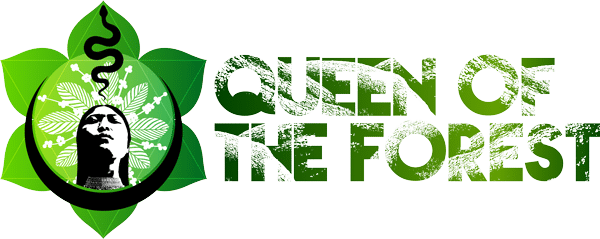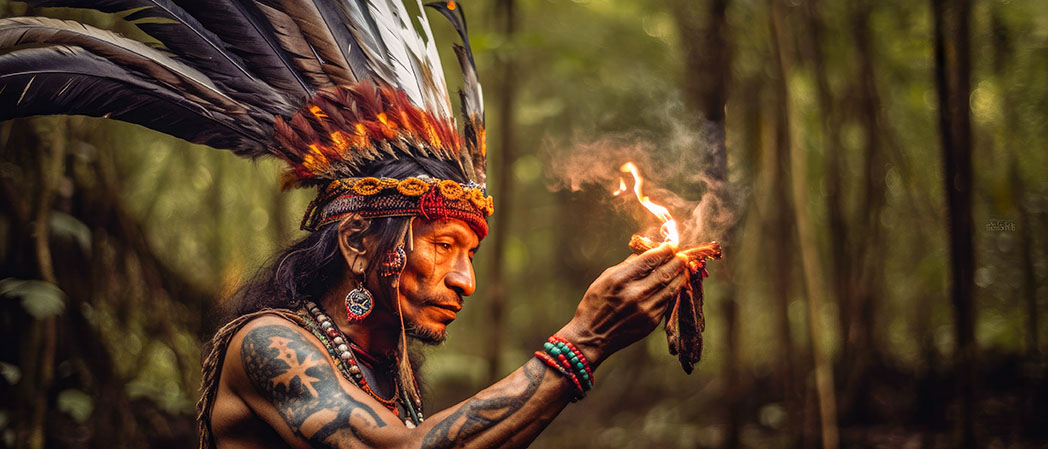Forest People, FOREVER THE FOREST
The Spiritual Connection to Nature: Lessons from Forest Peoples
Seeing Nature as Sacred and Interwoven with Daily Life
In Indigenous cultures around the world, particularly among forest peoples, nature is not merely a backdrop to life—it is life itself. Every river, tree, mountain, and animal carries a spirit, and human beings are seen as part of this intricate web of life. This worldview, rooted in respect and harmony, offers profound lessons for modern societies that have increasingly lost touch with the natural world.
Nature as a Sacred Entity
For many forest peoples, nature is sacred, deserving of reverence and gratitude. Unlike the industrialized worldview, which often treats nature as a resource to be exploited, Indigenous cultures view the environment as a living entity imbued with spiritual energy.
Rituals and ceremonies are central to this belief. Before harvesting plants or hunting animals, prayers and offerings are made to honor the spirits of the forest and seek their permission. These acts are not merely symbolic but reflect a deep understanding of balance and reciprocity—taking only what is needed and ensuring the ecosystem remains healthy for future generations.
The Spiritual Relationship with the Elements
The connection to nature extends to the elements: earth, water, fire, and air. Each is considered a manifestation of life’s sacred energy.
Earth
Seen as the great provider, the Earth is often referred to as “Mother” or “Pachamama,” a nurturing force that sustains all living beings. Indigenous ceremonies often involve touching the soil or using natural pigments as a way of grounding oneself. The Earth is also a symbol of fertility and abundance, inspiring respect and stewardship.
Water
Rivers and streams are viewed as sacred veins of the Earth, carrying life to all corners of the land. Rituals near water bodies are common, symbolizing purification and renewal. Forest peoples often see water as a spiritual cleanser, and its flow represents the interconnectedness of all things.
Fire
Fire is a transformative force, used in ceremonies to connect with the spiritual realm and to cleanse negativity. For many Indigenous communities, fire represents wisdom, illumination, and renewal, playing a central role in storytelling and communal gatherings.
Air
The wind is seen as the breath of life, a reminder of the interconnectedness of all living things. Many rituals involve acknowledging the presence of air through song, prayer, or movement, symbolizing freedom and the power of communication.
By engaging with these elements, forest peoples maintain their connection to both the physical and spiritual dimensions of nature.
Lessons for Modern Societies
Modern lifestyles, dominated by technology and urbanization, have led to a disconnection from nature. However, the wisdom of forest peoples offers valuable insights for those seeking to restore balance in their lives:
Gratitude and Reciprocity
Practicing gratitude for the Earth’s gifts and giving back—whether through sustainable practices or small acts of care—fosters a sense of stewardship. This approach challenges the mindset of consumption without consideration, encouraging mindfulness in every interaction with the environment.
Mindful Consumption
Forest peoples take only what they need, ensuring resources remain abundant. Modern societies can learn to curb overconsumption and wastefulness by adopting practices that respect natural limits and prioritize sustainability.
Ritual and Reflection
Incorporating rituals that honor nature, such as planting trees or meditating in natural spaces, can strengthen one’s connection to the environment. These practices not only promote mental and emotional well-being but also inspire deeper respect for the natural world.
Living in Harmony
Viewing oneself as part of nature rather than separate from it encourages actions that protect ecosystems and preserve biodiversity. This shift in perspective can lead to more sustainable policies and personal choices that prioritize ecological balance.
The Role of Storytelling in Preserving the Connection
One of the most powerful ways Indigenous peoples maintain their spiritual bond with nature is through storytelling. Myths and legends often feature animals, plants, or natural elements as central characters, teaching lessons about respect, balance, and the consequences of harm to the environment.
For example, stories about protective forest spirits serve as reminders to tread carefully and with respect. These narratives not only preserve cultural heritage but also instill a sense of wonder and responsibility toward the natural world.
Myths as Moral Guides
Tales of trickster animals or sacred trees often convey deeper truths about human behavior and environmental ethics. By listening to and learning from these stories, modern audiences can gain insights into sustainable living and the importance of coexistence.
Teaching Through Generations
Storytelling also ensures that valuable knowledge about the land, its cycles, and its resources is passed down through generations. This oral tradition creates a continuous thread connecting past, present, and future.
Challenges to the Spiritual Connection
The encroachment of modern development, deforestation, and climate change threaten not only the physical landscape but also the spiritual connection forest peoples have with nature. When forests are destroyed, it’s not just biodiversity that is lost—it’s a way of life, a philosophy, and an irreplaceable spiritual bond.
Loss of Sacred Spaces
Many rituals and ceremonies require specific natural settings, such as sacred groves or pristine rivers. The destruction of these spaces disrupts the spiritual practices that depend on them, leading to a cultural void.
Displacement and Marginalization
Forest peoples often face displacement due to industrial projects or land grabbing. This uprooting severs their connection to ancestral lands, weakening their cultural identity and spiritual practices.
Climate Change Impacts
Changing weather patterns and ecosystem disruptions directly affect the natural elements that are central to Indigenous spirituality. For example, droughts can dry up sacred rivers, while deforestation eliminates the flora and fauna integral to rituals.
Efforts to protect these communities and their environments are essential for preserving this worldview. Supporting Indigenous rights, promoting sustainable practices, and learning from their teachings can help ensure these sacred connections endure.
Reconnecting with Nature in Everyday Life
You don’t need to live in a forest to adopt some of these spiritual practices. Here are a few ways to foster your own connection with nature:
Spend Time Outdoors
Whether it’s a walk in a park, sitting under a tree, or stargazing, being present in nature can bring clarity and peace. Make time to observe the rhythms of the natural world around you.
Practice Gratitude
Take a moment to thank the Earth for its gifts, whether it’s the air you breathe or the food you eat. Gratitude fosters a sense of connection and humility.
Simplify Your Life
Reduce waste, consume mindfully, and support sustainable products and practices. Living simply can minimize your ecological footprint and deepen your appreciation for what you have.
Honor the Elements
Light a candle, listen to the sound of water, or simply breathe deeply, acknowledging the presence of the elements around you. These small acts can create a sense of sacredness in daily life.
Learn from Indigenous Wisdom
Read about or support initiatives led by Indigenous communities. Their knowledge and practices are invaluable in understanding how to live in harmony with nature. Engaging with their stories and perspectives can inspire new ways of thinking and being.
Rediscovering Sacredness
The spiritual connection forest peoples have with nature is a reminder that humans are not separate from the Earth but deeply intertwined with it. By seeing nature as sacred and embracing the wisdom of Indigenous cultures, we can begin to heal not only the environment but also ourselves. In a time when the natural world faces unprecedented threats, these lessons are more urgent than ever.
Reconnecting with the sacredness of nature is not just an act of preservation—it’s an act of restoration for our shared humanity. Let us learn, honor, and embody the wisdom of those who have lived in harmony with the Earth for centuries. By integrating these teachings into our daily lives, we can foster a future where both humanity and nature thrive in balance and respect.


